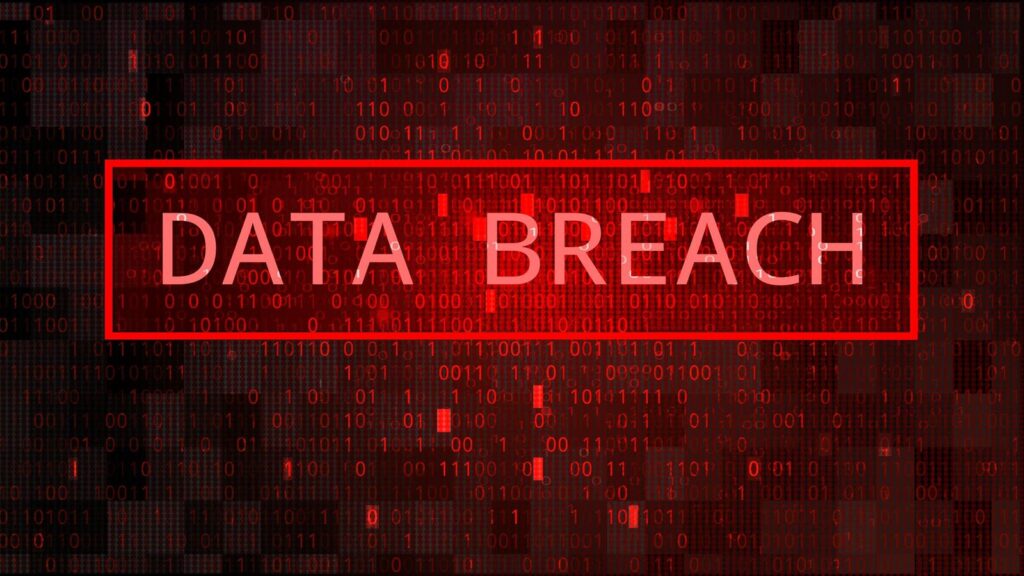
If Your Information Leaks in a Data Breach: A 6-Step Recovery Plan
Data breaches are like digital pickpockets, striking when you least expect it – leaving your identity, finances, and peace of mind exposed. With data breaches occurring daily, no one is immune to the risk. This guide empowers you with a tried-and-tested recovery plan to outsmart cybercriminals and safeguard what’s yours.
Before we dive in, here’s a crucial tip: don’t panic. Panicking clouds your judgment and leads to rash decisions. Stay calm as a clear mind is your most potent tool against cyberattacks.
As the first step in our recovery plan, it’s essential to confirm whether the breach has indeed occurred. Verify the authenticity of news reports, official company statements, or utilize tools like Have I Been Pwned to confirm exposure. If you’ve been affected, secure your accounts immediately by:
1. Changing passwords using strong, unique passwords for each account.
Consider leveraging password managers like 1Password or Bitwarden to generate and securely store these new credentials. Enable Multi-Factor Authentication (MFA) wherever possible, as this adds an extra layer of security.
2. Enabling credit freezes with major bureaus (Equifax, Experian, and TransUnion). This measure is free and can be temporarily lifted when required.
3. Setting up fraud alerts and regularly reviewing your bank and credit card statements.
4. Notifying your bank or credit card provider about the breach to ensure they’re aware of potential fraudulent activity.
Next, address email and phone risks by:
5. Differentiating legitimate data breach notifications from phishing attempts – cybercriminals often exploit data breach news to deceive users. Exercise caution when dealing with emails requesting sensitive information and avoid clicking on suspicious links.
6. Verifying your mobile account security by contacting your carrier to secure your account with a PIN or manually setting up a PIN.
Following these essential steps will help limit the damage caused by a data breach.
The fifth step advises reviewing and updating your online presence by:
7. Limiting the information you share online by avoiding personal details like your phone number or address.
8. Regularly reviewing and updating privacy settings on social media, email, and other accounts to ensure profiles are not publicly accessible.
9. Being cautious when connecting with unknown individuals online.
The final step outlines legal and financial recourse options if you’ve been affected by a data breach. Check if the breached company has announced a settlement or lawsuits have been filed. We recommend consulting websites like ClassAction.org for further information. If compensation is offered, follow the outlined steps to file a claim, which may involve demonstrating exposure and submitting necessary documentation.
In conclusion, prevention is always better than cure. To better protect yourself, consult my other article on preventing personal cyberattacks.
Remember, while companies that store your data are frequent targets for hackers, individual users are also at risk.
Source: www.forbes.com


